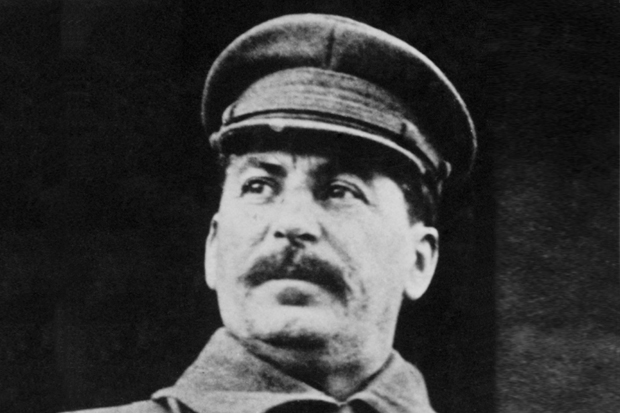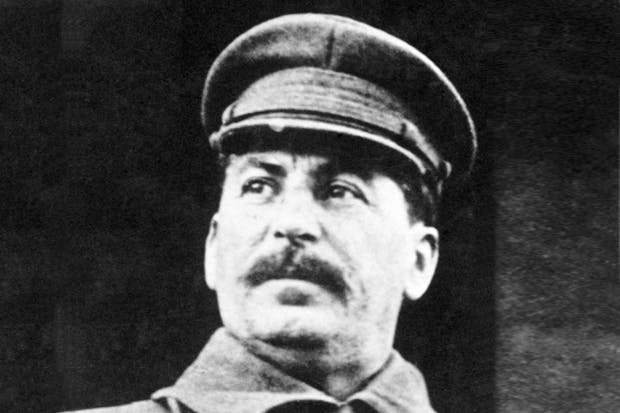The Labor party and many journalists are scandalised (‘aghast’, ‘outraged’) by the Abbott government’s decision to accede to a request by Royal Commissioner Hanger for access to Cabinet papers concerning the home insulation scandal involving four deaths (and hundreds of fires). Mr Shorten insists on the fundamental importance of Cabinet confidentiality for 20 years after the event. But there is nothing fundamental about the 20 years rule. It used to be 40 years or longer, then 30. In some parliaments it is now ten years and will probably be reduced further. Nor is Cabinet confidentiality an absolutely unqualified principle. It is being increasingly questioned around the world by those who give a higher priority to open government and the delivery of justice. There is a strong case for requiring a royal commission to keep certain documents confidential. But there is no reason to be ‘aghast’ that an inquiry into the deaths of four men engaged on a government programme should have access to essential documents.
Some 14 years ago Louis Nowra and Mandy Sayer put out an anthology of poems, memoirs, stories and gossip about Kings Cross as a literary centre. They called it, in homage to Oscar Wilde, In the Gutter… Looking at the Stars. It was dedicated to Kenneth Slessor and included selections from about 40 writers from Patrick White and Ronald McCuaig to Frank Moorhouse and Vivian Smith.There was a map of literary locations showing where Jack Lindsay or Dulcie Deamer lived, where Dymphna Cusack wrote Come in Spinner, and where a shickered Barry Humphries had his last drink. The introduction noted profound changes in the Cross as heroin pedlars and junkies, thugs and bent cops displaced the poets and bohemians and took over the streets. But despite the transformation, Nowra and Sayer claimed that the Cross ‘still proudly retains its identity’ in reality and in the imagination.
Not any more. Nowra’s new Kings Cross. A Biography tells the story of its rise and fall. It begins with its emergence in the 1820s under Governor Darling (hence Darlinghurst) as the posh Woolloomooloo Heights. (Think Elizabeth Bay House). It ends with the killing in the street of Thomas Kelly and Daniel Christie. The poets and painters have long since abandoned the Cross for Balmain or Newtown, Surry Hills or Marrickville. If you are looking for literary or artistic sites at the Cross — Choker’s Lane or the Yellow House — you’ll have to make do with the plaques that litter the pavements.(Some call them gravestones.) Nowra is reluctant to admit that after 100 splendid years it is all over. There are now only ‘phantoms’, ‘echoes’, ‘pentimenti’ of the grand old days. He recalls the past, the gossip, the boarding houses and cheap rooms, the characters from the Revd Ted Noffs to Bea Miles, Sprod, Chips Rafferty, Juanita Nielsen, Christopher Brennan and David Scott Mitchell. They and many more still resonate in his mind. They always will. ‘This is my Kings Cross.’ He plays the Last Post with feeling.
One quibble. I have my usual gripe about writers like Nowra who feel under some compulsion to label the late NSW Premier R.W. (Bob) Askin a crook. No evidence is ever produced for the very simple reason that none exists. But that never stops the writers from repeating the allegations. You wouldn’t hang a dog on the hearsay they produce. Askin was, as I have always said, a rough diamond, philistine, gambler. You would not call him a refined gentleman. But this does make him a crook. The best book on him is High Climbers by his press secretary Geoff Reading. He made no bones about it: ‘If Askin was corrupt, he deserves universal obloquy; if he was not, no public figure in Australia’s history has been more deeply wronged.’ The late Paddy McGuinness summed it up: ‘Not one single concrete, proven example’ of Askin’s corruption has ever been produced. Yet it seems the man’s reputation has been trashed forever.
The extraordinary new film Hannah Arendt begins with the kidnapping of the war criminal Adolf Eichmann in Argentina in 1960, takes us through his trial in Jerusalem which Arendt covered for the New Yorker (he was found guilty and hanged) and ends with her reflecting on her famous theme, ‘the banality of evil’. In its 113 minutes, including stunning footage from the actual trial, it dramatises her ferociously controversial articles on the Eichmann trial and her book of 1963 Eichmann in Jerusalem. Although Jewish she could not see Eichmann as a demonic monster. He was, she thought, a pen-pushing bureaucrat dutifully doing his job of helping organise the murder of millions of Jews — a mindless cog in an evil machine. Just an ordinary bloke following orders. For my part I never found this convincing. Would she say there is no good person, only a mindless cog in a good machine? Does not even a mediocrity have a conscience? Or is awareness of good and evil limited to great intellectuals like her teacher and lover, the Nazi sympathizer Martin Heidegger and Arendt herself? She did not help her cause by criticising some of the Jewish leaders in Nazi-occupied Europe for complicity in the Holocaust. Hannah Arendt presents a number of the key figures in her drama from Heidegger to the novelist Mary McCarthy and the editors William Shawn (New Yorker) and Norman Podhoretz (Commentary). Directed by Margarethe von Trotta and starring Barbara Sukowa as Arendt, it will be released on 13 March. A compelling film.
Got something to add? Join the discussion and comment below.
Get 10 issues for just $10
Subscribe to The Spectator Australia today for the next 10 magazine issues, plus full online access, for just $10.
You might disagree with half of it, but you’ll enjoy reading all of it. Try your first month for free, then just $2 a week for the remainder of your first year.













Comments
Don't miss out
Join the conversation with other Spectator Australia readers. Subscribe to leave a comment.
SUBSCRIBEAlready a subscriber? Log in